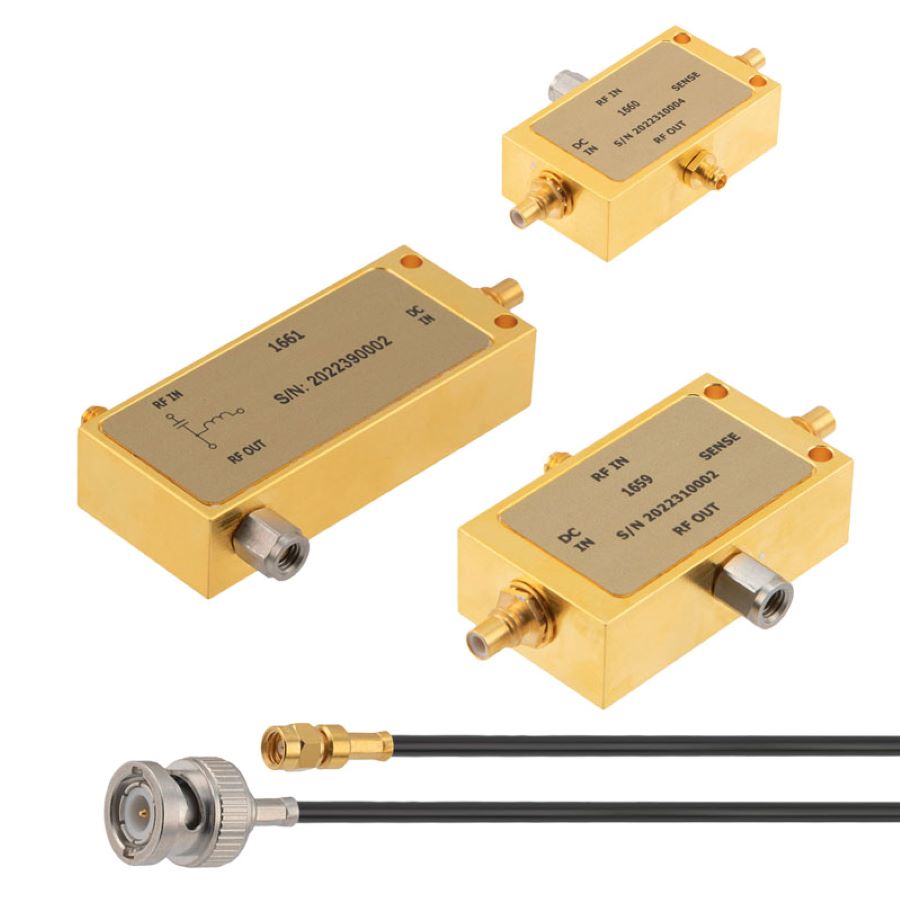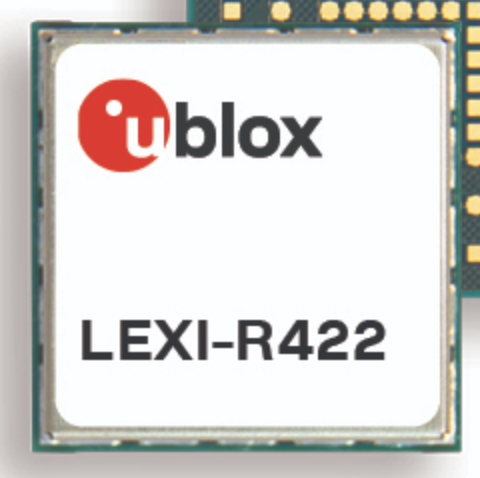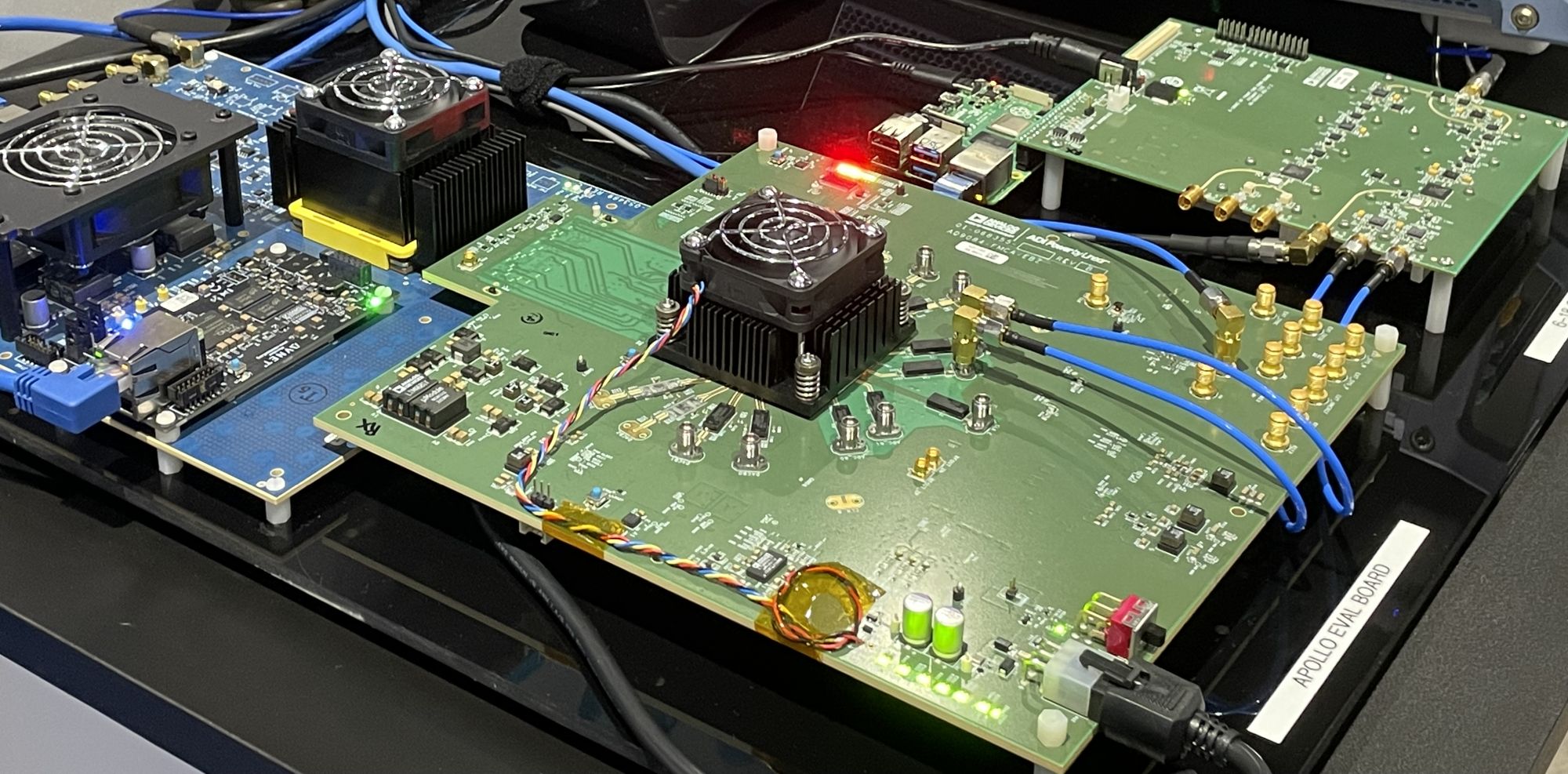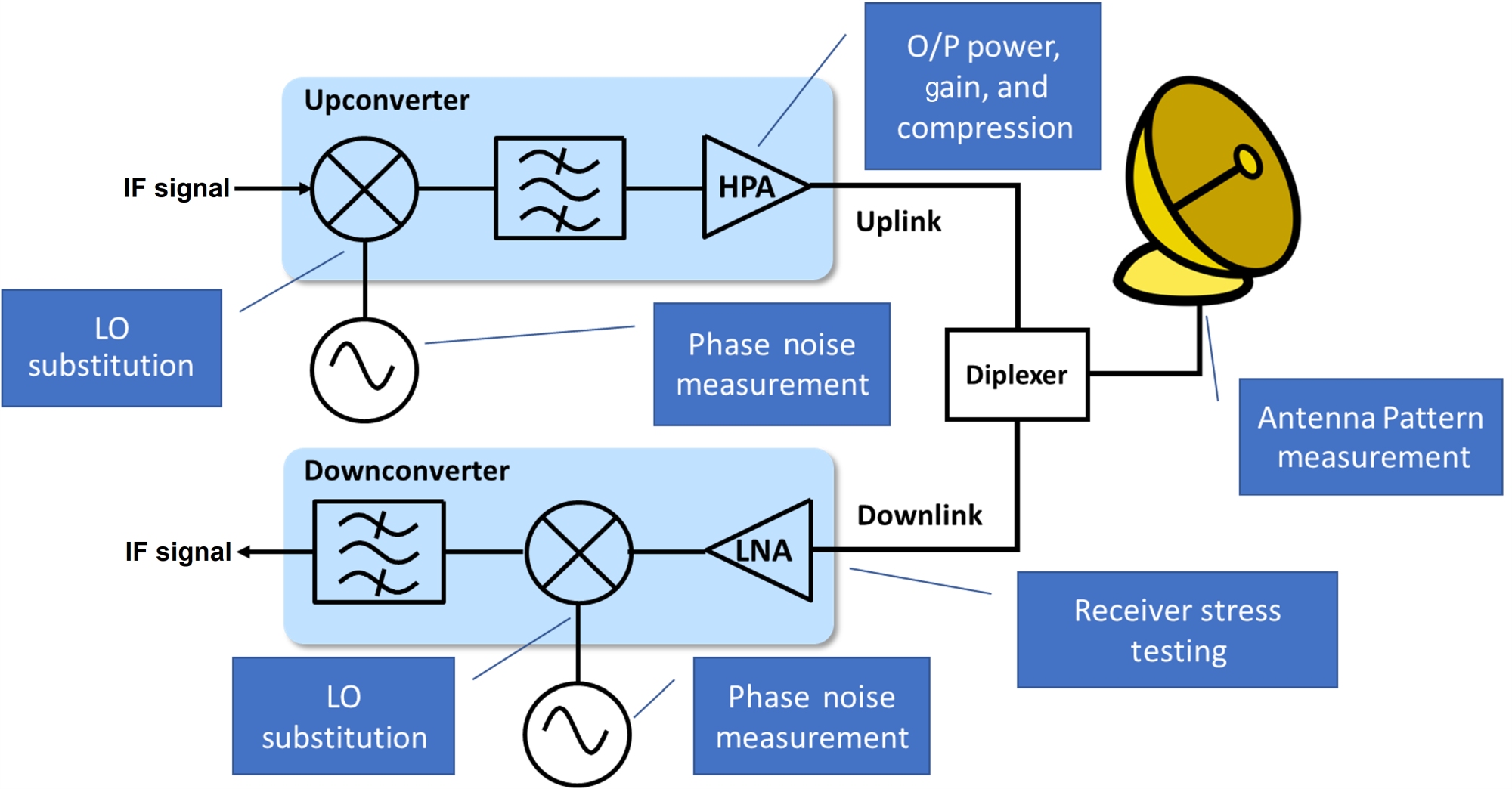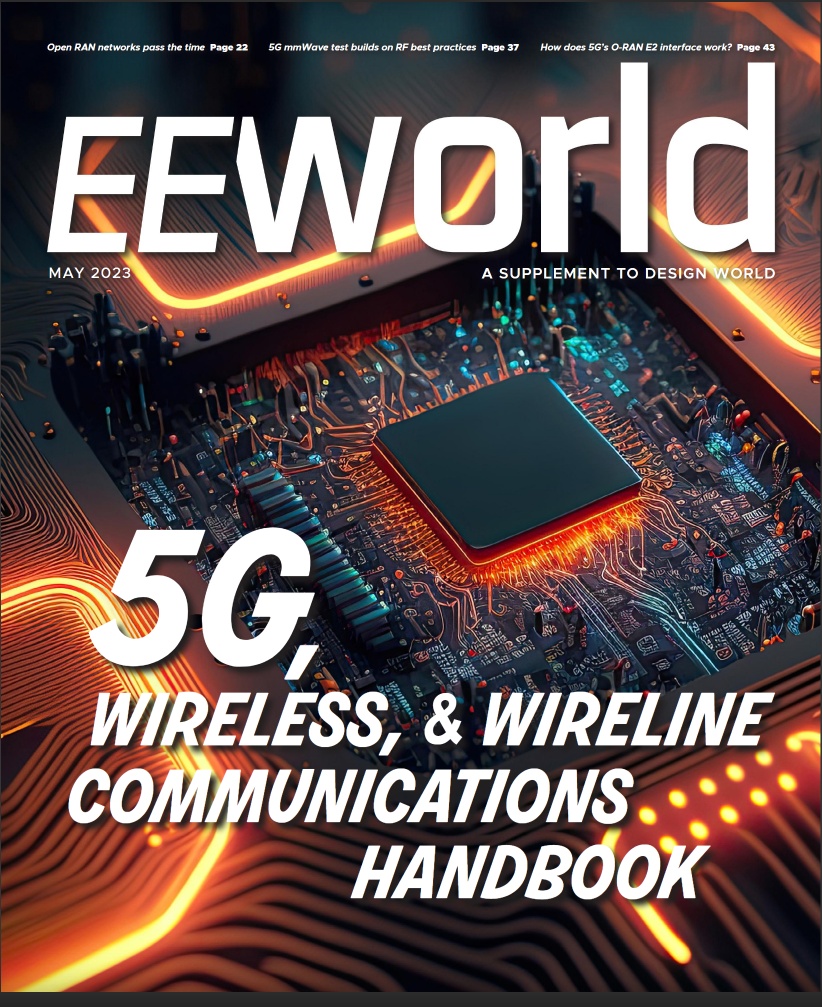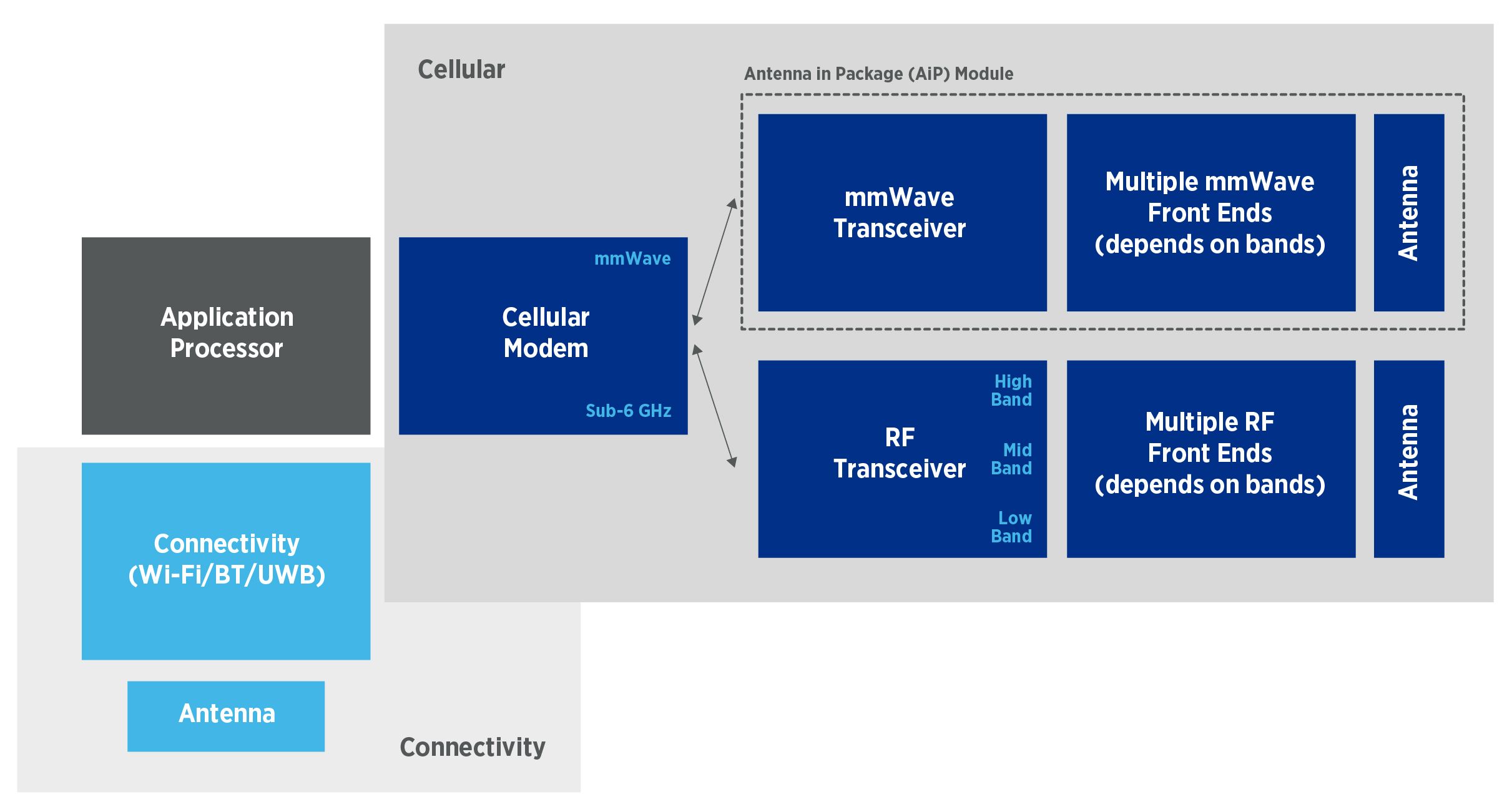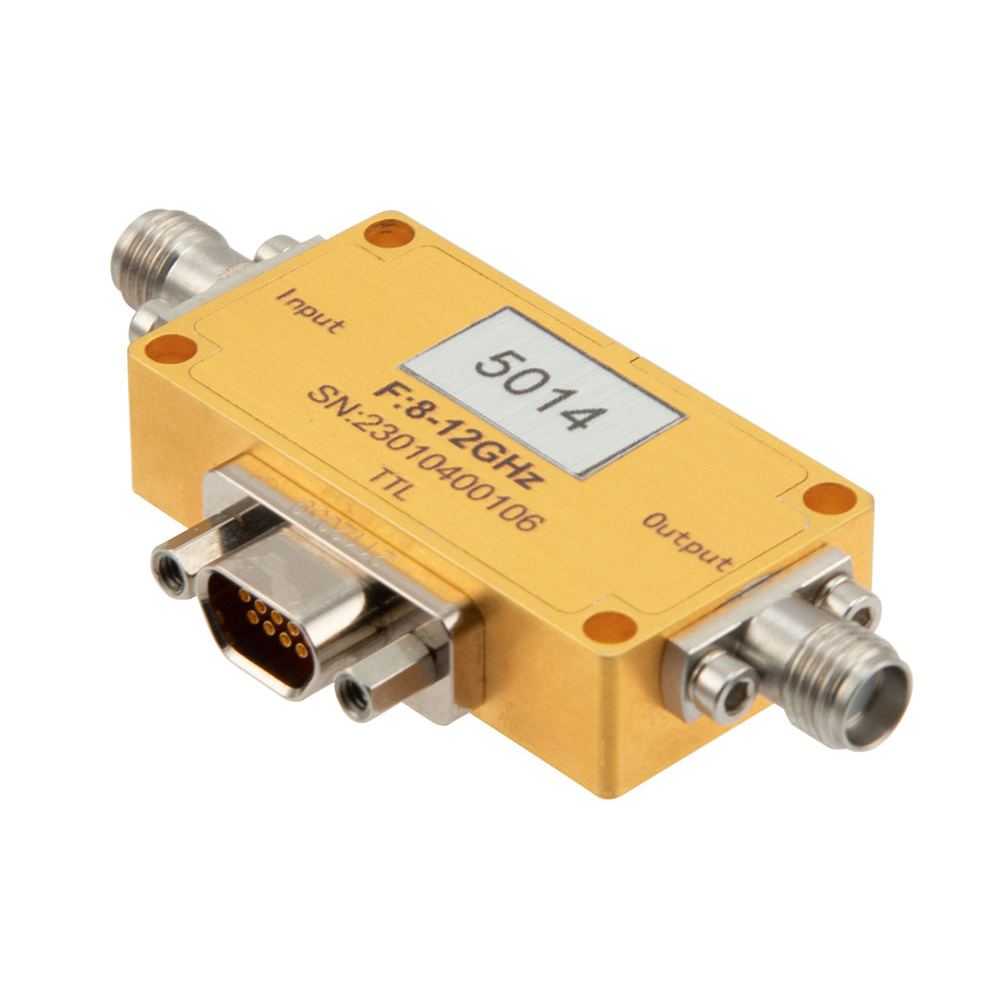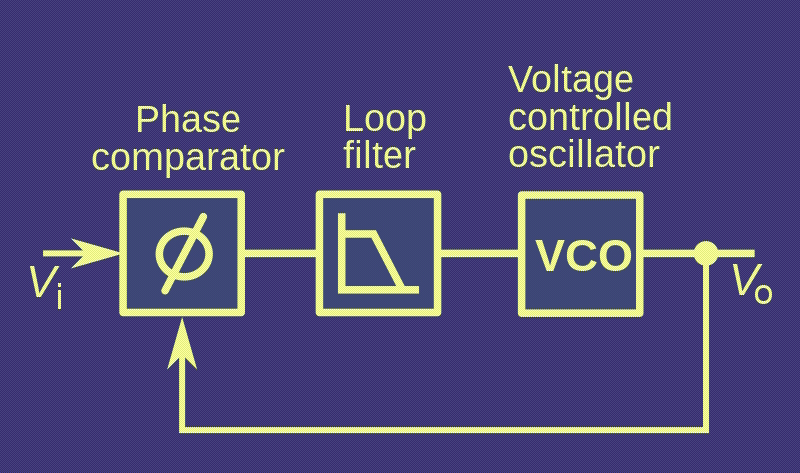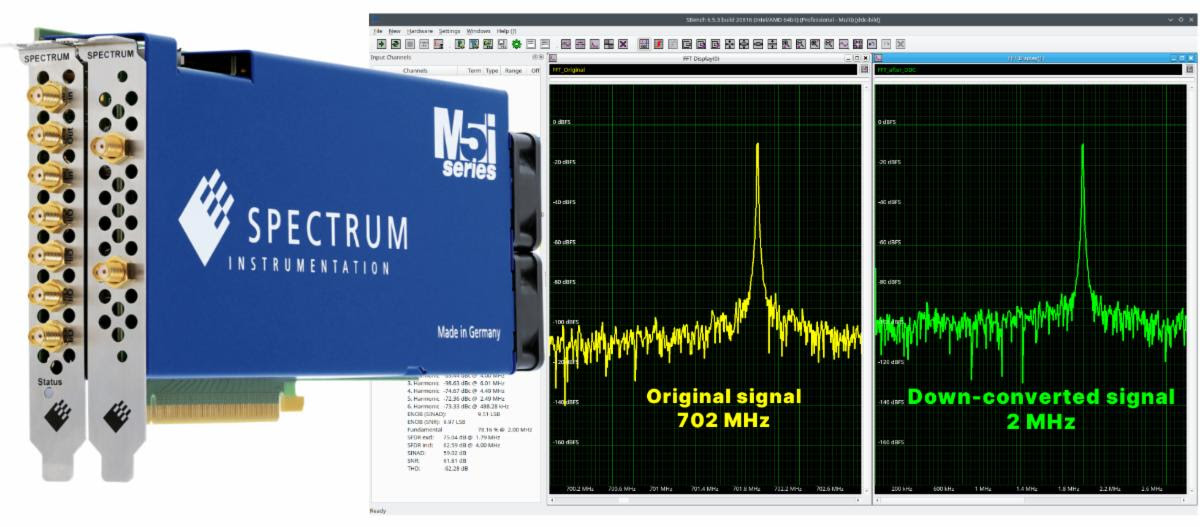Fairview Microwave has just unveiled its latest innovation, ultra-wideband bias tees, enhancing the fluid application of DC and RF signals in electronic devices. The bias tees, available immediately, establish the DC bias point of electronic components without interfering with their performance. They command a sweeping frequency range from 50 kHz to a massive 110 GHz,…
Wireless module reduces footprint, falls back to 2G
u-blox has announced the u-blox LEXI-R4, its newest module customized for size-constrained application requirements. Albeit compact (16 x 16 mm), the module supports all LTE-M and NB-IoT bands with an RF output power of 23 dBm, also offering the possibility to operate on a 2G network. The most common use cases comprise small asset trackers, like…
IMS 2023 roundup: semiconductors and microwave components
Through photos and videos, EE World covers some of the active and passive components that RF and wireless engineers need to connect us all.
RF simulation software gets Macom GaN device models
Modelithics, Inc. announces version 23.2.2 of the Modelithics MACOM GaN Library is now available. With this latest version, the library now includes a total of twelve (12) models for MACOM PURE CARBIDE GaN devices. Version 23.2.2 of the Modelithics MACOM GaN Library introduces new models for three (3) MACOM GaN devices for the MACOM MAPC-A1508…
How RF measurements verify satellite links
Noise measurement, LO substitution, receiver stress testing, power measurement, CCDF and PAPR characterization, and antenna-pattern measurement play critical roles in link budget, bit-error rate, and SNR requirements. Low-Earth orbit (LEO) satellite systems are being deployed for mission-critical use cases at an accelerating rate. This brings associated critical test requirements that, if not performed accurately, could…
EE World’s 2023 communications handbook is here
Our 2023 5G, Wired, & Wireless Handbook is now available in ebook form. Download your copy today. It started on a cold January day with an editorial call. A month later, the abstracts came in. After another month, the manuscripts came in. Then came the editing and some back-and-forth with the authors. Next, it was…
5G mmWave test builds on RF best practices
The high level of integration in today’s mmWave phone means traditional test methods no longer apply.
Voltage and TTL-controlled attenuators reduce RF signal power
Pasternack has launched a new line of voltage-controlled analog attenuators and TTL programmable attenuators. These new models offer comprehensive frequency coverage from 1 MHz to 50 GHz and are designed to provide precise and reliable signal attenuation for a variety of applications. Pasternack’s new voltage-controlled analog attenuators offer a broad attenuation range of up to…
5G mmWave signal chain: the phase-locked loop
In “Look inside the 5G mmWave signal chain,” we explored the overall architecture of the mmWave signal chain. Now, we’ll look deeper into each of a transceiver’s components. Phase-locked Loops (PLL) are important blocks for a clean reference clock generation in cellular networks. In 5G mmWave radio networks, the PLL supports data rates of 1…
External GPU digitally down converts captured RF signals
Spectrum Instrumentation’s complete line of PCIe digitizer cards can now perform Digital Down Conversion (DDC) thanks to a low-cost option for $390 that uses an external GPU card for continuous “on-the-fly” processing. DDC is a powerful technique that is commonly used in a wide range of communication systems, like digital radio, radar, mobile telephony, and…

